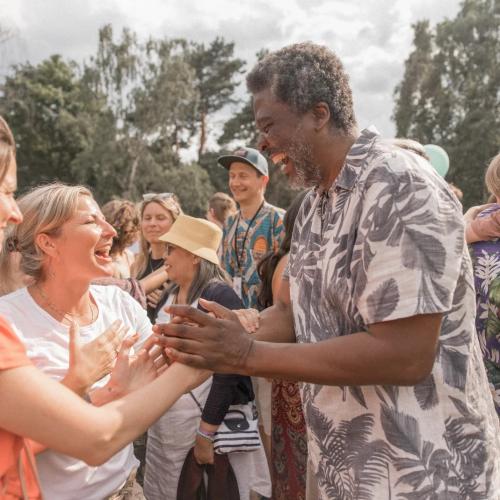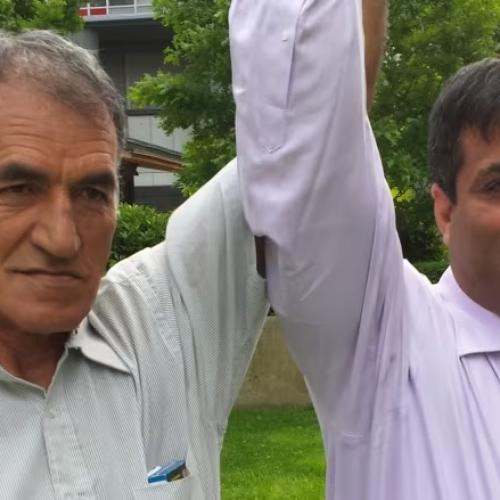Related Stories
Marian Diamond - anatomy professor a YouTube hit
Key Excerpts from Article on Website of San Francisco Chronicle (San Francisco's leading newspaper)
Posted: December 13th, 2010
http://www.sfgate.com/cgi-bin/article.cgi?f=/c/a/2010/12/05/...
Each fall, Marian Diamond walks into UC Berkeley's Wheeler Auditorium holding a round hatbox. What happens next has been watched nearly a half-million times on the university's YouTube channel, where Diamond's introductory anatomy lecture is the most viewed video. Diamond's discoveries in neuroscience have captured international attention and revolutionized how scientists view the brain's potential to develop at any age. Diamond became one of only a few researchers to analyze slices of Einstein's cortex. She found that Einstein had twice as many glial cells as normal males, a 1985 discovery that caused an international sensation. Scientists previously believed neurons were responsible for thinking and glial cells were support cells. Researchers now believe that glial cells play a critical role in brain development, learning, memory, aging and disease. Diamond has spent decades in the laboratory researching how environmental factors can alter the anatomy of the brain. She found that rats living in cages with stimulating objects and challenging activities developed dramatically thicker cerebral cortices than rats living without such stimulation. "I think scientifically she is one of the key people who opened up the field of thought that the brain is malleable in response to environmental exposure," said Dr. Robert Knight, director of UC Berkeley's Helen Wills Neuroscience Institute. "Now that work is all the rage." Diamond found another secret to successful aging a decade ago when she established a link between the brain and the immune system.
Related Stories
Top Inspiring News Articles
Top Inspiring News Articles from Years Past














































































